


White pepper is a spice produced from the dried fruit of the pepper plant, Piper nigrum, as is black pepper. It is usually milder than black pepper, with a less complex flavor. Both whole and ground white pepper are available.
While they come from the berries of the same plant, the difference between white pepper and black pepper starts when the berries are picked. White pepper is made from fully ripe pepper berries. They are soaked in water for about 10 days, leading to fermentation. Then their skins are removed, which also removes some of the hot piperine compounds. White pepper has a different flavor and heat component than black pepper.
White pepper is used in whole and ground form in cooking.
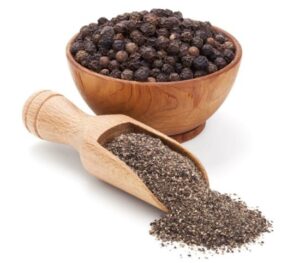
Earned nick name as “King of spices”. The peppercorns that we all know so well as "black pepper" actually come from a flowering vine in the Piperaceae family of plants. Pepper vines are native to South India. Although the origin of black pepper is believed to be from India, it is believed that Sri Lanka also a place of origin of pepper. In Sri Lanka, pepper is mainly cultivated in Low and Mid country Wet and Intermediate agro-climatic zones. Ceylon Pepper is particularly favored worldwide as it is quite rich in piperine, and the alkaloid which lends it’s mildness.
Black pepper is widely used in Ayurveda as a warming spice. It was administered to patients who suffered from such ailments as diarrhoea, constipation, arthritis, insect bites, and pulmonary and cardiovascular troubles. It also whets appetite and digestion, and it is good as a decongestant for a blocked nose.
Our Black pepper grows in certified organic fields. We engaged with small famer groups on educating, growing and processing of ethical Organic Pepper.

Cloves are the aromatic flower buds of a tree in the family Myrtaceae, commonly used as a spice. Cloves are available throughout the year owing to different harvest seasons in different countries.
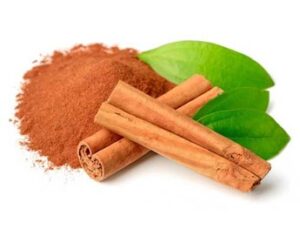
Cinnamomum zeylanicum is know as True ceylon cinnamon which is native plant to Srilanka and also globally known for its flavor and aroma. There are few other varieties of Cinnamon grows in srilanka. “Pani Kurundu” is more popular variety among all of them. Most part of the Cinnamon tree is used for various product. Leaf is used for oil extracting, Bark is used for Oil, make powder, quills and chips making. Cinnamon quills re graded based on appearance, thickness of the sticks.
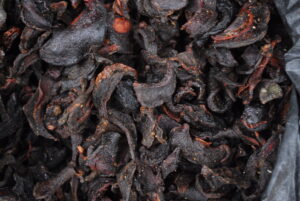
Garcinia quaesita, known as Goraka (Sinhala) and Kodukkaippuli (Tamil) is belongs to family Clusiaceae. It is a medium evergreen, shade-loving, relatively slow growing tree naturally found in the local tropical rainforests of Sri Lanka. The tree is small to medium sized with horizontal or drooping branches. In Sri Lanka goraka has been used for culinary and medicinal purposes. Now goraka is becoming a popular spice in the world because of its potential as a dietary supplement for weight losses and appetite control. Goraka is not cultivated as a fruit tree, but seen growing in wet and intermediate zone home gardens as a cash crop.
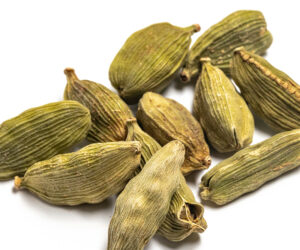
Cardamom, known as the “Queen of Spices” is a perennial herbaceous plant with a pseudo stem and thick irregular shaped rhizomes. Cardamom grows wild in the Western Ghats of Southern India. Many historical texts mention cardamom as a flavouring and medicinal crop. Dried fruit or Cardamom capsule is the commodity of trade. Cardamom can be found as whole cardamom, cardamom seeds and ground form. It is also used in the extraction of oil and oleoresin. Cardamom is mainly used in the food industry as a flavoring agent in curry or meat dishes, sweets, confectionaries, in bakery products, and as an ingredient of curry (masala) powder. Cardamom Oil is used for flavoring of beverages and drinks such as coffee and tea.
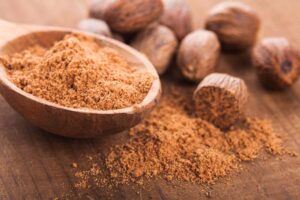
It is also known to have been used as a prized and costly spice in medieval cuisine, used as flavorings, medicines, preserving agents and that was at the time highly valued in the European markets. Nutmeg is reported to have been introduced to Sri Lanka at the beginning of the 19th century but there is evidence that the crop had been brought here even before that by merchants who were traveling on the Silk Road.
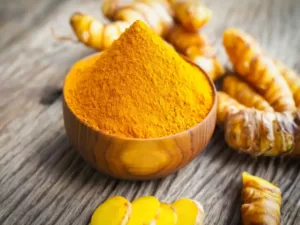
Turmeric has been used in India for more than 5000 years now. Initially, it was cultivated as a dye as its’ vivid yellow color works brilliantly as a coloring agent. Then its highly developed uses came to know and people started using it for cosmetic and beautification purposes and eventually as a medicine. It is also known to have been used as a prized and costly spice in medieval cuisine, used as flavorings, medicines, preserving agents and that was at the time highly valued in the European markets. Nutmeg is reported to have been introduced to Sri Lanka at the beginning of the 19th century but there is evidence that the crop had been brought here even before that by merchants who were traveling on the Silk Road.
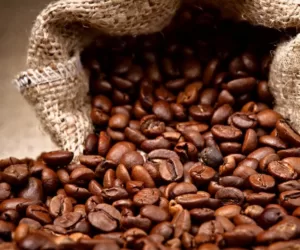
In year 1503 Arabians have introduced coffee to Sri Lanka. In old days Sri Lanka has exported nearly 50 000 tons of coffee per year. Coffee trees are pruned short to conserve their energy and aid in harvesting, but can grow to more than 30 feet (9 meters) high. Each tree is covered with green, waxy leaves growing opposite each other in pairs. Coffee cherries grow along the branches. Because it grows in a continuous cycle, it’s not unusual to see flowers, green fruit and ripe fruit simultaneously on a single tree.
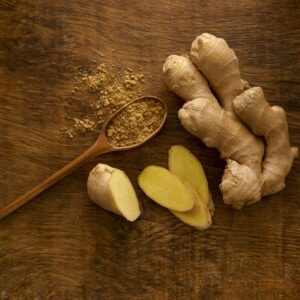
Based on the historic records more than 3000 years, ginger is believed to be originated in East Asia. Ginger has been used as a spice from ancient times. It has been widely used in Chinese and in Ayurvedic medicine. There is information that says at the time of ruling of Emperor Nero the Roman army used ginger as a medicine. It was found that ginger was imported to the European countries as a spice by 1547 A.C. In recent years Ginger has been cultivated as a commercial crop in many countries. Pickled fresh ginger is popular in East Asian countries and salted and sweetened ginger products are also commonly available in the Asian markets. Ginger oils and oleoresins are used in the food industry as a spice to flavor curries, bakery & other food products.